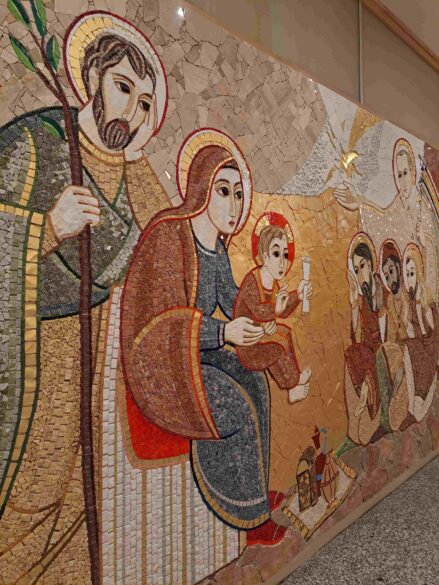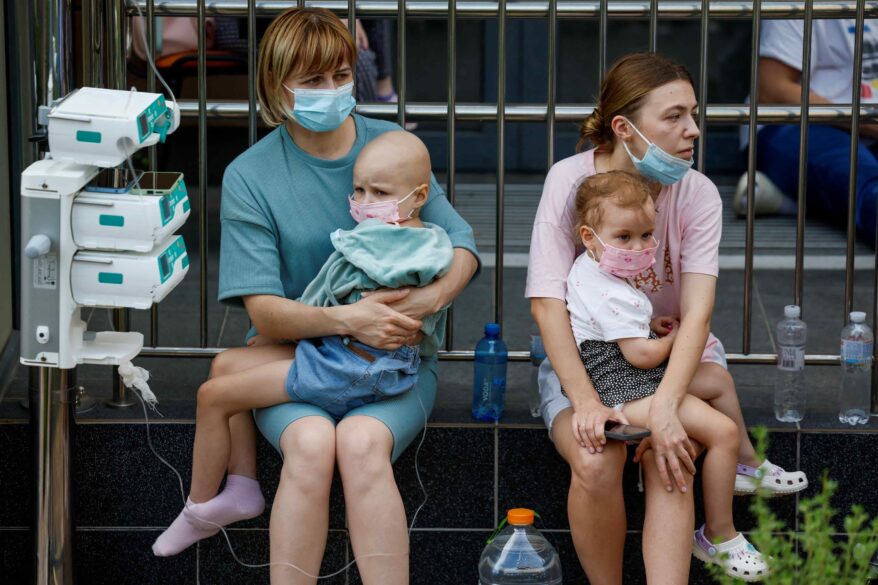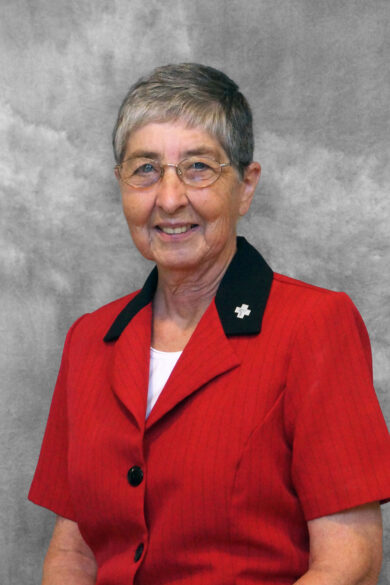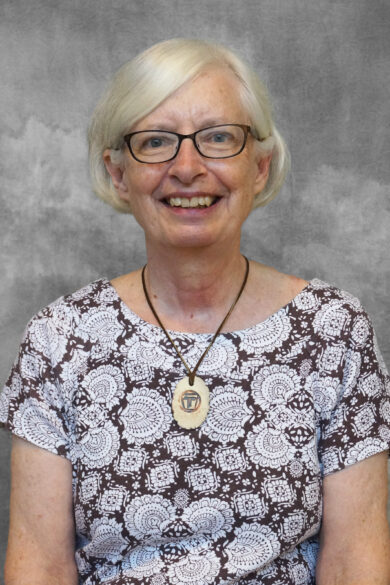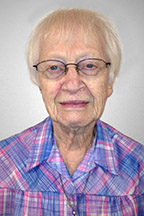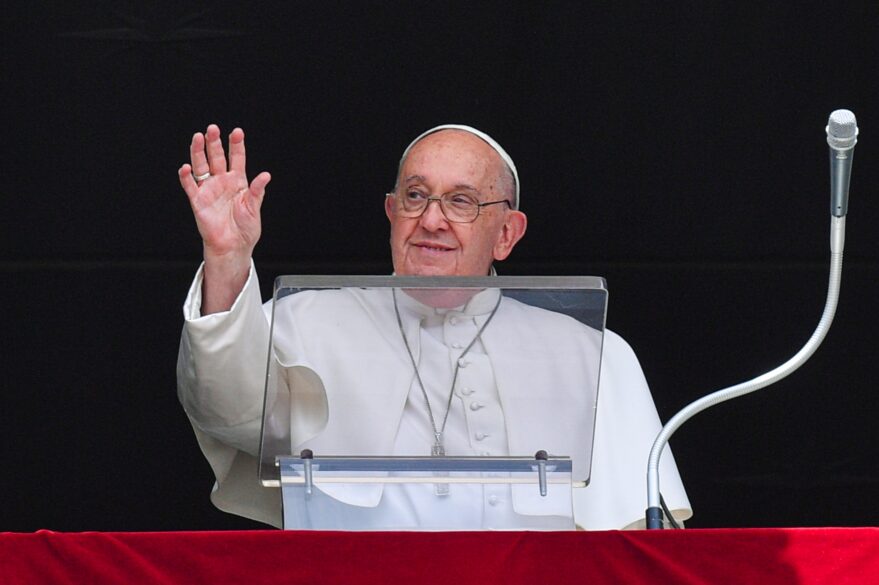By Maria Wiering
(OSV News) — Catholic and civic leaders called for peace and unity in the hours after former President Donald Trump was grazed by a bullet and a spectator was killed July 13 in an assassination attempt during the presumptive Republican presidential nominee’s campaign rally in Butler, Pennsylvania.
The Holy See expressed “concern about last night’s episode of violence, which wounds people and democracy, causing suffering and death” in a July 14 statement in Italian. The Holy See is “united in the prayer of the U.S. bishops for America, for the victims, and for peace in the country, so that the motives of the violent may never prevail,” according to Catholic News Service.

On July 14, Trump thanked “everyone for your thoughts and prayers yesterday, as it was God alone who prevented the unthinkable from happening,” on his social media platform Truth Social.
“We will FEAR NOT, but instead remain resilient in our Faith and Defiant in the face of Wickedness. Our love goes out to the other victims and their families. We pray for the recovery of those who were wounded, and hold in our hearts the memory of the citizen who was so horribly killed,” he continued. “In this moment, it is more important than ever that we stand United, and show our True Character as Americans, remaining Strong and Determined, and not allowing Evil to Win. I truly love our County, and love you all, and look forward to speaking to our Great Nation this week from Wisconsin.”
The Republican National Convention is scheduled to take place July 15-18 in Milwaukee.
President Joe Biden condemned the attack, calling it “sick” in Saturday evening remarks shortly after the incident. The presumptive Democratic presidential nominee returned to the White House from his vacation home in Rehoboth Beach, Delaware, and addressed the American public again July 14.
“Jill and I are keeping him (Trump) and his family in our prayers,” said Biden, a Catholic. “We also extend our deepest condolences to the family of the victim who was killed. He was a father. He was protecting his family from the bullets that were being fired, and he lost his life. God love him.”
That victim has been identified as Corey Comperatore, a firefighter from Pennsylvania who was among the thousands attending Saturday’s rally.
Biden said he is also praying for the full recovery of those who were injured and are grateful for the response of the Secret Service agents, other law enforcement and individuals who risked their lives.
“As I said last night, there is no place in America for this kind of violence, or any violence for that matter,” he said. “The assassination attempt is contrary to everything we stand for as a nation. Everything. It’s not who we are as a nation. It’s not American, and we cannot allow this to happen.”
“Unity is the most elusive goal of all, but nothing is more important than that right now,” he said.
He said the FBI is leading the investigation, which is in its early stages. Biden encouraged the American public not to make assumptions about the motive or affiliations of 20-year-old Thomas Matthew Crooks of Bethel Park, Pennsylvania, who was named as the gunman killed by the Secret Service at the rally.
Biden also emphasized that Trump has had and will continue to have “a heightened level” of security protection, that he’s asked the head of the Secret Service to review all security measures for the Republican National Convention, and he has ordered an independent review of the July 13 incident and will share its results with the public.
Biden plans to speak more about the situation the evening of July 14 in an Oval Office address. “We must unite as one nation,” Biden said, repeating the phrase, “to demonstrate who we are.”
Pennsylvania Gov. Josh Shapiro described Comperatore as a husband and father with two daughters “who died a hero.”
“Corey was a girl dad. Corey was a firefighter. Corey went to church every Sunday. Corey loved his community. Most especially, Corey loved his family,” Shapiro said July 14 during a press conference.
On Facebook July 13, Father Kevin Fazio, pastor All Saints Parish in Butler — a Catholic parish with five churches, one of which is located across from where the rally took place — wrote to parishioners that “We are shocked and saddened by the tragic shooting and act of violence that occurred at the Farm Show grounds on Saturday, July 13.”
“There are feelings of fear, hurt, anger, and sorrow in our community right now,” he wrote. “As Christians, we need to remember that during times of darkness, we are called to reflect the light of Christ. May we continue to pray for peace in our world, in our country, and right here at home. Our prayers to God today for everyone involved in, and all of the victims of this violent act, their families, and friends. God our Father, watch over us. Jesus our Savior, heal us. Holy Spirit, guide us.”
The assassination attempt occurred the weekend before the National Eucharistic Congress in Indianapolis, a five-day gathering of Catholics across the country in Indianapolis that begins July 17. In a July 14 statement, Bishop Andrew H. Cozzens of Crookston, Minnesota, the congress’s board chairman, offered prayers for Trump and those killed or injured in the July 13 violence. He also assured congress attendees that they can expect a secure event.
“We feel privileged to gather in prayer at a time with Our Eucharistic Lord when our country and our world need this peace which comes only from him,” he said. “We will pray for healing of all divisions in our land and an end to violence.”
Other bishops, including Archbishop Timothy P. Broglio, archbishop of the U.S. Archdiocese for the Military Services and president of the U.S. Conference of Catholic Bishops; and Bishop David A. Zubik of Pittsburgh, which includes Butler, issued statements July 13 calling for prayers and peace.
“We are grateful for the swift actions of the Secret Service and our local first responders,” Bishop Zubik said. “Let us join together in prayer for the health and safety of all, for healing and peace, and for an end to this climate of violence in our world. May God guide and protect us all.”
On X, formerly known as Twitter, Bishop Robert E. Barron of Winona-Rochester, Minnesota, posted July 13, “I would like to offer prayers for President Trump and all those who were injured at the rally in Pennsylvania. We must turn from the path of violence. May the Lord bless our troubled nation.”
The same day, Cardinal Seán P. O’Malley of Boston lamented that “our nation has once again witnessed another deadly and tragic shooting today” and joined in prayer for the families of those killed and the recovery of Trump and the injure
“As a nation, we must come to grips with the incessant violence that has too often become the norm. It must stop,” he continued in his social media post. “We must find peaceful ways to resolve our differences & avoid all political violence.”
Archbishop Nelson J. Pérez of Philadelphia also prayed for consolation for “those mourning the loss of a loved one” and for a swift recovery for Trump and those injured.
“Americans must join in solidarity to condemn today’s act of political violence and violence in all forms,” he said in a multipart message on X. “Working together, we can resolve our differences through peaceful dialogue and conquer the sin of hatred.”
Other bishops who offered prayers for those affected included Bishop Michael T. Martin of Charlotte, North Carolina; Bishop Edward J. Weisenburger of Tucson, Arizona; and Bishop Larry J. Kulick of Greenburg, Pennsylvania.
In addition to prayers, Bishop Martin also called the violent incident “a call of conscience to all people of goodwill” and a time for self-reflection to bring an end to all violence
“Let us not simply condemn today’s attack but root out the anger in our own hearts that can affect our words and our actions,” he said in a statement shared by diocesan media.
“Scripture reminds us we are all made in the image and likeness of God. That means something, especially in our great democracy. It means we must treat other people — all people — with the sacredness that is due to all of God’s children. We must respectfully listen to each other, care about others’ welfare, and seek the common good — even and especially when we disagree on how that may be best achieved.”
In the USCCB statement, Archbishop Broglio said that the bishops “condemn political violence, and we offer our prayers for President Trump, and those who were killed or injured. We also pray for our country and for an end to political violence, which is never a solution to political disagreements. We ask all people of goodwill to join us in praying for peace in our country. Mary, Mother of God and Patroness of the Americas, pray for us.”
The USCCB statement also noted a statement the bishops released this summer about political violence that urged “all Christians and people of good will to abstain from political violence, and instead, ‘pursue what leads to peace and building up one another’ through dialogue, seeking justice.”
(Maria Wiering is senior writer for OSV News.)

